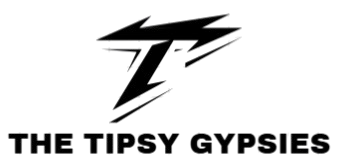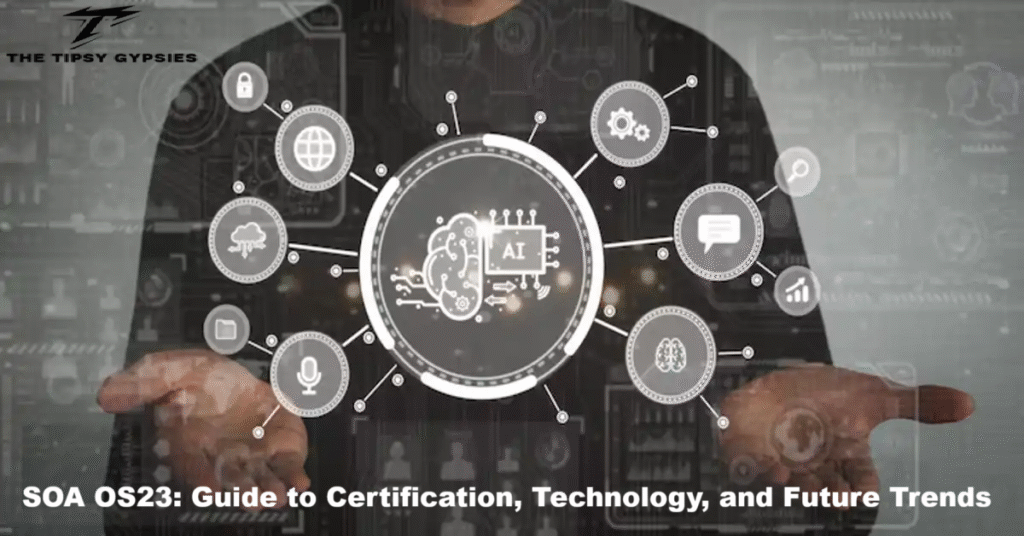SOA OS23 refers to a specialized standard or certification applied in multiple contexts. It is most commonly used in Italian public works demolition compliance and in modern service-oriented architecture frameworks for software and digital infrastructure.
In the construction industry, SOA OS23 is an official qualification for demolition works, proving that a company has the technical and safety expertise to handle complex dismantling under public contracts. In the technology sector, SOA OS23 describes next-generation service-oriented architecture models designed for modular, secure, and scalable IT systems.
This guide explores both meanings in detail, connecting compliance, innovation, and future developments.
Understanding SOA OS23 in Construction and Demolition Compliance
The Legal Definition and Origin
In Italian public works regulation, SOA OS23 translates to qualificazione per demolizione di opere (qualification for demolition of works). It is defined under Annex A of Presidential Decree 207/2010 and issued by authorized SOA bodies (Società Organismo di Attestazione).
The certification confirms that a company has technical, financial, and organizational competence to carry out demolition projects in public tenders. These projects often involve structural dismantling, hazardous material handling, and environmentally responsible waste management.
Importance in Public Tenders
SOA OS23 is not always mandatory, but many public authorities now make it a requirement for awarding demolition contracts. This ensures credibility, safety, and professionalism in high-value projects.
Organizations with SOA OS23 certification show they have the skills and resources to meet specific quality, safety, and operational standards:
• Perform controlled demolition techniques such as diamond cutting or high-pressure dismantling
• Operate under strict safety and environmental protocols
• Manage material recycling in line with sustainability goals
This has made SOA OS23 a competitive advantage in Italy’s public procurement sector.
Certification Categories and Where OS23 Fits
Within the SOA framework, OG categories cover general construction, while OS categories cover specialized works. The OS23 classification focuses on demolition activities, yet it is often paired with other construction and infrastructure specializations:
• OG1 Civil and industrial building works
• OG3 Road and bridge construction
• OS21 Special structural works
This overlap exists because modern projects are interconnected, and demolition is often part of a larger redevelopment process.
How to Obtain SOA OS23 Certification
The process involves document verification, audits, and compliance checks.
Application
The company applies through an authorized SOA body, submitting legal documents, financial statements, and records of previous projects.
Technical Evaluation
Inspectors assess the company’s demolition methods, equipment, skilled staff, and safety procedures.
Issuance and Validity
If the criteria are met, the SOA OS23 certification is issued. Certification is generally valid for five years, with an official review or audit taking place after three years to ensure compliance.
Maintaining this certification requires constant compliance with safety, environmental, and operational rules.
Challenges in Obtaining and Keeping SOA OS23
Companies often face obstacles such as:
• Extensive paperwork that demands administrative knowledge
• Equipment upgrades to match updated safety and eco-standards
• Ongoing staff training for new demolition methods
• Sustainability requirements pushing for recycling and low-emission machinery
Forward-thinking companies address these challenges by investing in digital compliance systems, hiring expert consultants, and implementing continuous training programs.
Trends Shaping SOA OS23 in the Construction Industry
Stricter Green Demolition Standards
Environmental responsibility is now a priority. Future SOA OS23 compliance will emphasize:
• Separation and recycling of demolition materials
• Use of low-emission and electric-powered equipment
• Incorporating circular economy principles into project planning
Advanced Digital Tools
Technology is revolutionizing demolition. New tools include:
- Building Information Modelling (BIM) is used for precise digital mapping and detailed planning of structures before and during a project.
- GIS (Geographic Information Systems) for real-time site data analysis
- AI-powered hazard detection to improve safety compliance
Digital Credentialing
Certification processes are shifting online with:
• Web portals for application and renewal
• Automated updates when regulations change
• Blockchain verification to prevent fraud in tender applications
The Other Meaning of SOA OS23 in Technology
In information technology, SOA OS23 refers to the Service-Oriented Architecture Operating Standard introduced in 2023. It is a modern, modular framework designed to boost system integration, scalability, and security.
Core Principles in Technology
SOA OS23 expands on traditional service-oriented architecture principles by introducing advanced features tailored for today’s fast-changing digital environment:
• Event-driven processing for faster, real-time operations
• Support for multiple programming languages (polyglot deployment)
• Compatibility with container technologies like Kubernetes and Docker
• Decentralized identity systems for secure access control
Key Features
• Modularity: Each service runs independently, so updates do not disrupt the whole system
• Scalability: Easily handles growing workloads without downtime
• Fault Isolation: Issues in one service do not affect others
• Built-in Security: Includes encryption, token renewal, and zero-trust network design
SOA OS23 Use Cases in Technology
Enterprise IT: Integrates finance, HR, and operations under a modular, unified system.
Fintech: Supports payment gateways, fraud detection, and compliance systems with zero downtime.
Healthcare: Enables secure sharing of patient records across hospitals, labs, and insurers.
AI and Data Processing: Manages multiple machine learning services and real-time data pipelines.
Migration to SOA OS23 in IT
Adopting SOA OS23 involves:
• Conducting a system audit to identify services and dependencies
• Implementing API gateways or adapters to connect older systems
• Rolling out changes in phases, starting with non-critical services
• Providing staff training on OS23 governance and tools
Security and Governance
Security is integrated into the design. Measures include:
• Encryption between services
• Role-based access for each endpoint
• Detailed audit logs for all activity
• Multi-location deployment for resilience
Future of SOA OS23
In construction, the future means stricter eco-standards and fully digital certifications.
In technology, it points to AI-driven service management, self-repairing systems, and global compatibility standards.
Conclusion
SOA OS23 can mean a demolition qualification in construction or a cutting-edge system framework in technology. In both worlds, it is about credibility, flexibility, and future readiness. Companies that adopt SOA OS23 stay ahead in compliance, efficiency, and innovation.
Frequently Asked Questions ( FAQs )
What is SOA OS23?
SOA OS23 is either an Italian demolition certification proving a company’s technical and safety skills, or a modern service-oriented architecture standard for secure, scalable IT systems.
Is SOA OS23 certification required in Italy?
It is not always mandatory, but many public projects demand it. Holding SOA OS23 improves a company’s chances of winning high-value demolition contracts.
How can a company get SOA OS23 certification?
The company must apply to an authorized SOA body, submit legal and financial documents, show proof of technical ability, and pass inspections.
What are the benefits of SOA OS23 in technology?
It enables modular services, quick scaling, fault isolation, and built-in security. It works with containers, multiple languages, and event-driven processing.
What is the future of SOA OS23?
In construction, expect stricter green rules and digital certification. In IT, look for AI-powered service management, automated recovery, and global security standards.






